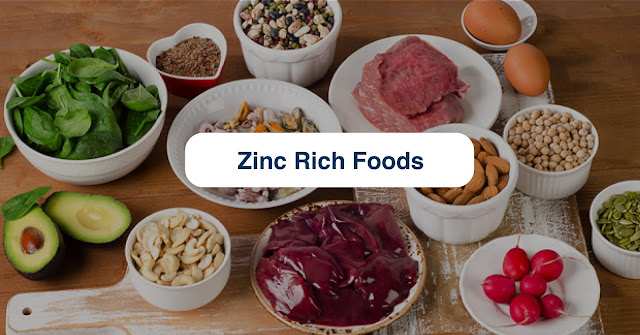While
you are reading this, there are so many people who are in dire need
of blood donors to overcome their health difficulty. For every two
seconds that count, there are 4 people who are in need of blood in
India. It is required for various reasons and almost all medical
procedures require blood.
Everyone
above 18 years old and is in good health can donate blood
irrespective of gender. Donating blood is a simple and easy task and
wouldn't even take 15 minutes. The assessment and screening will take
about 15 minutes. So, all it takes to save up to 3 lives is 30
minutes. Yes, a single donation can save 3 lives, sometimes even
more.
There
are various components in the blood and after the donation, the
components such as red blood cells, platelets and plasma etc., will
be used for patients in need of that particular component. The human
body consists of 4.75 to 5.5 liters of body and only a 400ml to 500ml
blood is collected per donation. The donated blood volume will be
refilled in the body within a day or two. Overall, there is nothing
to lose by donating this vital fluid.
People
are still struggling for blood when they are undergoing major
procedures such as heart transplants in India. Frequent blood
donations can address this issue.
If
you are donating the blood
for the first time and you have been declared to fit to do it, here
is what you should expect after donating the blood.
Medical
Tests and Screening
-
Even though you are in good health condition, certain blood tests and physical examinations need to be conducted before you donate the blood.
-
The doctor may ask for your medical history to check if you have any medical condition that could be transmitted to the other person through blood.
-
Questions regarding the current medications usage, chronic disorders, heart conditions and hypertension are also asked.
-
Recently done tattoos and body piercing need to be conveyed as the chemicals of the ink in the blood may cause serious health complications.
Blood
Donation
-
It is absolutely normal to feel a bit anxiety just before you are preparing to donate blood. All you need to do is sit back and relax.
-
It would not pain more than an injection or a vaccine shot. The needle is inserted in your skin and sucked the blood slowly with into a sack.
-
You will be provided with a stress ball that increases the blood flow into the sack whenever you press it.
-
The whole process of blood donating takes 10 to 15 minutes. However, the plasma or platelet's donation takes 45 minutes.
After
Donation
-
As a first time donor, you may feel nausea and uneasiness for the initial few minutes after the blood donation.
-
The medical staff at the donation center may ask you to sit back and relax for at least 10 minutes.
-
You will be given a refreshing drink or snack as a complimentary and it will mostly consist of the nutrients that give you instant energy.
-
You will also be given a water bottle that you need to drink the way back to the office or home in order to stay hydrated.
You
can resume your day to day work right after donating blood. Avoid
workout or any heavy physical work on the same day. Eating healthy
and staying hydrated is very important.
You
will feel fantastic about donating blood and enjoy every bit of it.
Share the good deed you have done with others not because they praise
you for your good work but it may motivate them as well to donate
blood.











